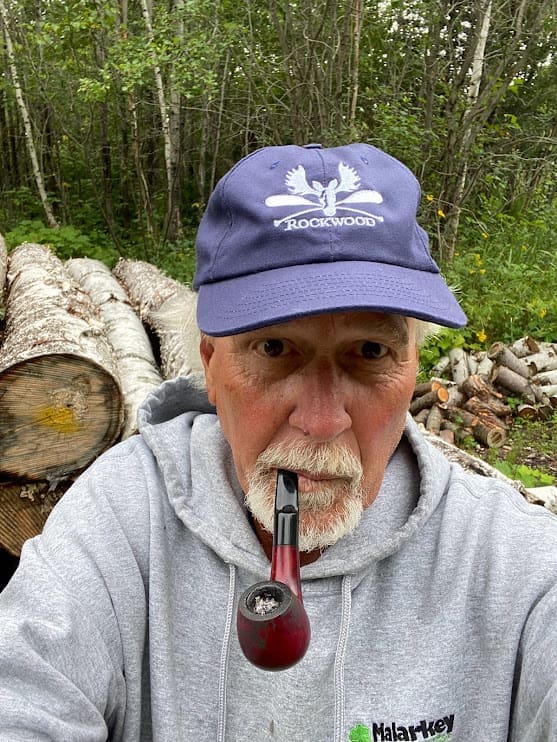Opening another box the other day, the Bohunk found a small treasure from my boyhood that spoke to what was important to me. It is three yellow boxes, two Matchbox Series cars (a Mercedes Coupe and a fire truck), and a Dinky Toys Ford Anglia. The toys are like new, and the boxes are reasonably intact. A quick internet search showed me they were collectible but not expensive.
The memories they brought back are priceless.
Cars defined me back then. I constantly surprised my dad when I correctly answered his question, “What kind of car is that?” From Edsels to Town Cars, I could tell the manufacturer, year of production, and other meaningless trivia at a glance.
I was fascinated with planes, trains, and auto-mobiles. But cars could take a young man anywhere, at any time. Plus, they were cool.
When I was five or six, I had the exhilarating experience of riding in the backseat of my Aunt Vona’s Austin Healy 3000, a moment that fueled my passion for cars. She seemed like the coolest aunt a guy could have. She and Mom brought me shopping. It was too cold to put the top down, but the 3000 was the car I coveted for many years.
Trucks fascinated me, too. The man who sired me worked in the freight business, and one of his employers in the 1950s was Henry Lambert Trucking Company, which served the factory in Minnetonka, MN, where Tonka Toys were built. That meant he got new toy fire trucks, pickups, dump trucks, and draglines. I had more Tonka trucks than anyone on 17th Avenue. And those things survived to be played with by son Danny and nephew Donny. I finally got rid of them when we left Las Vegas.
The 1960s were a symphony of horsepower on the roads. My friends and I loved the look and sound of Corvettes and Thunderbirds, the promise of chrome and curves, and the whisper of power barely contained. Keeping with my Anglophilia, my favorite car was the Jaguar XKE.
We were obsessed with slot cars. Many of the basements in the hood had HO gauge racetracks set up. Each of us had a stable of cars, from Mustangs to hot rods, that we tinkered with meticulously and raced for hours.
One of my most prized possessions was that shoebox overflowing with miniature cars: Dinky Toys, Matchbox, and Corgi – each a perfectly scaled replica of my four-wheeled idols.
The movies kept the car fever alive. In the 1966 Grand Prix, starring James Garner, we learned everything we needed to know about Formula 1 (and romance). In 1969, it was Winning, starring Paul Newman, Joanne Woodward, and Robert Wagner, teaching us about Indy racing and more romance. By 1971, Lemans with Steve McQueen kept cars (and romance) front and center for us.
1970, despite some challenges, I passed my driving test on the first try. I mostly learned to drive in a 1962 Chevrolet BelAir that did not have power steering, air conditioning, or power brakes. By that summer, my dad had a job in which his company car was a late model Caprice with power steering, AC, and brakes. I was supposed to use his Caprice to take my test. But suddenly, his company closed its doors and took the Caprice just before my 16th birthday, the day of my test. The only option was the BelAir.
In the decades since I’ve had many different cars. When we married, the Bohunk had a 1966 Mustang Convertible, and my 1967 Mustang made for a nice stable. The orange Gremlin helped Becky learn to drive a stick shift. Our first new car was a four-door Pontiac, six-cylinder with three on the tree that we bought when we lived in Princeton, MN.
We’ve had a big-ass Cadillac, a couple of Jaguars, station wagons and minivans.
Two Mazdas, one that I bought in the early 90s in Bloomington and one in Las Vegas, were memorable.
The first, a used RX7, had apparently been in an accident. An impulse buy, I failed to notice that when you turned on the retractable headlights, the one on the driver’s side popped open and closed, blinking with a mind of its own.
The second, an RX8 Scinta, was my “end-of-life crisis car.” Either it would die, or I would. It had suicide doors for the rear seat, a big rotary engine, and a tight six-speed transmission. It was so fun to drive on desert highways. The faster you went, the more secure you felt.
The 1960s weren’t just about space races, protests, and rock and roll; they were about the beautiful, powerful, and endlessly fascinating world on four wheels.



